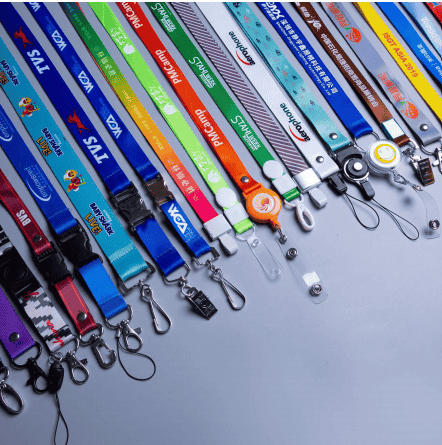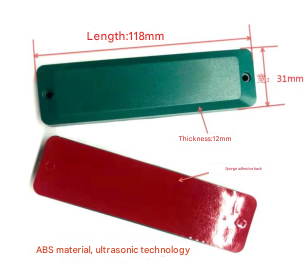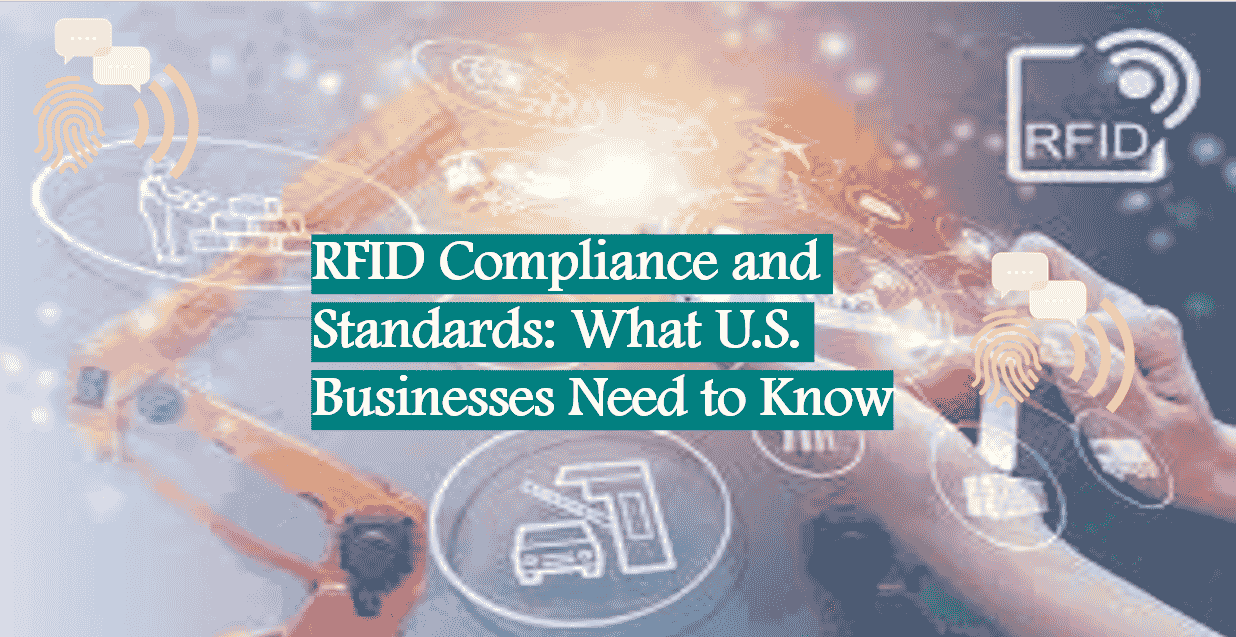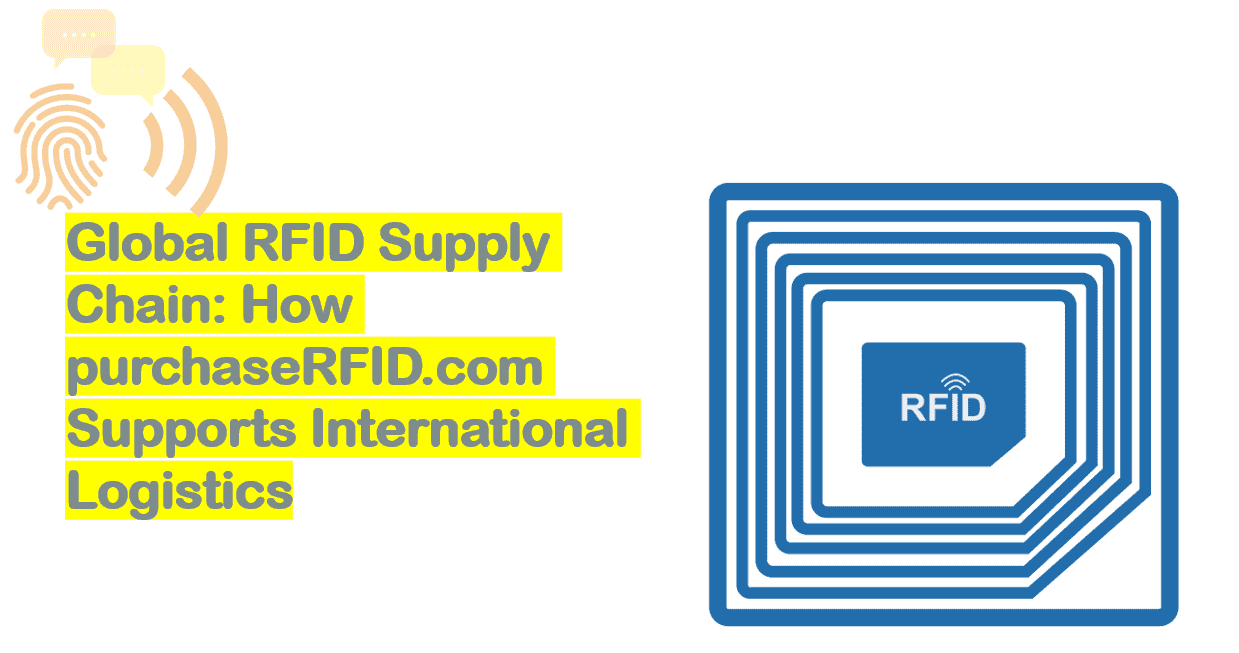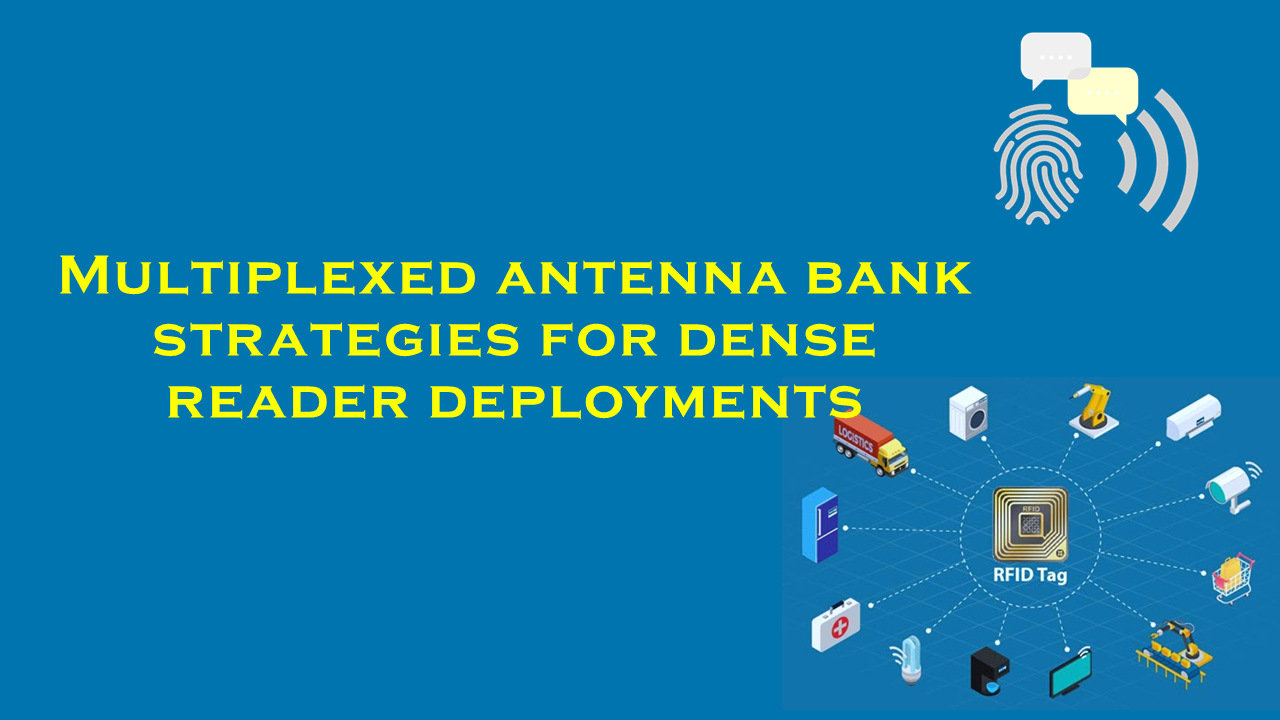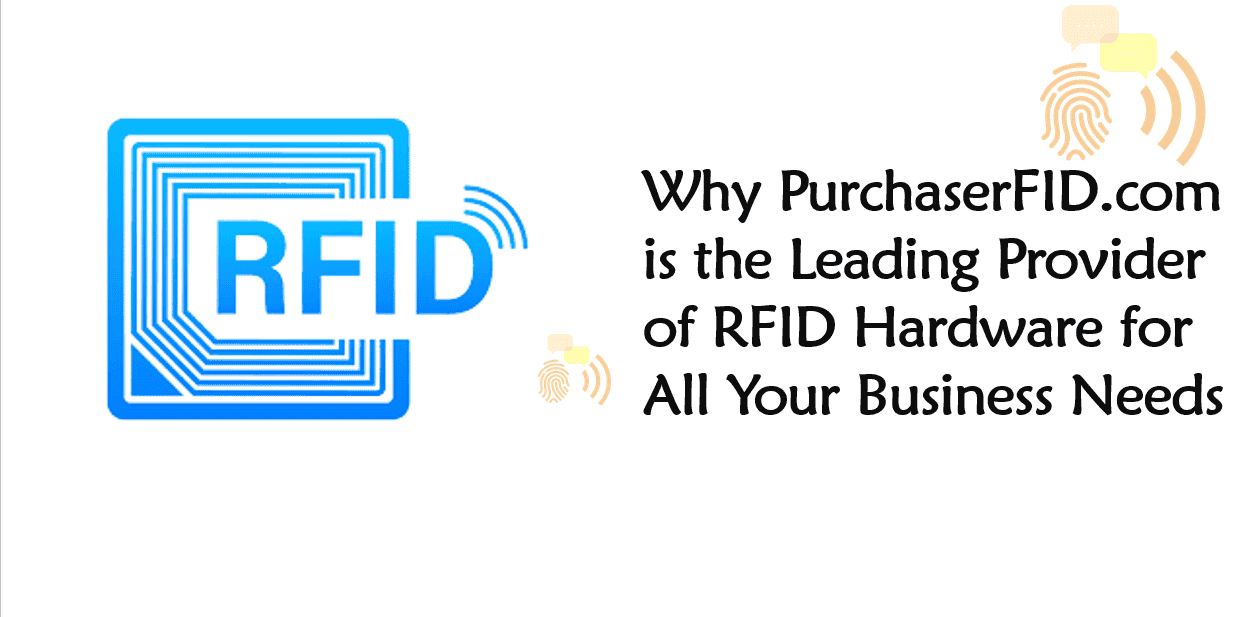RFID vs computer vision for retail checkout and inventory
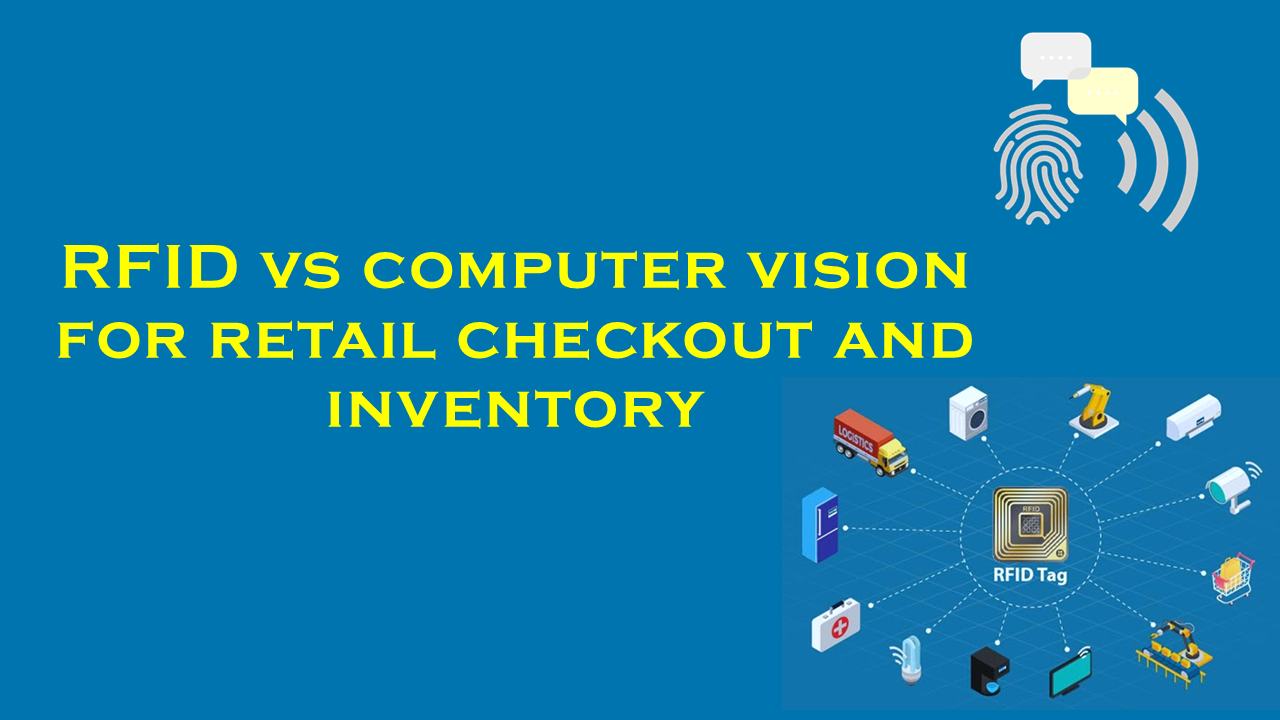
RFID vs. Computer Vision for Retail Checkout and Inventory Management
The retail industry is undergoing a seismic shift as businesses seek innovative solutions to streamline checkout processes and optimize inventory management. Two technologies at the forefront of this transformation are Radio-Frequency Identification (RFID) and computer vision. While both aim to enhance operational efficiency, their approaches differ significantly. This article explores the strengths, limitations, and real-world applications of these technologies, supported by industry statistics, and highlights purchaserfid.com as a leading supplier of RFID solutions.
The Retail Challenge: Speed, Accuracy, and Cost
Retailers face mounting pressure to reduce checkout friction, minimize stockouts, and control operational costs. Traditional barcode systems and manual counting are error-prone and labor-intensive, leading to lost sales and dissatisfied customers. According to the National Retail Federation, inventory inaccuracies cost retailers up to $1.75 trillion annually. Emerging technologies like RFID and computer vision promise to address these challenges by automating processes and improving data accuracy.
RFID Technology: Real-Time Tracking and Beyond
How It Works
RFID uses electromagnetic fields to automatically identify and track tags attached to items. Each tag contains a microchip and antenna, transmitting data to RFID readers. This enables real-time visibility across the supply chain, from warehouses to checkout counters.
Applications in Retail
- Inventory Management: RFID excels at bulk scanning, allowing retailers to audit hundreds of items per second with 95–99% accuracy, compared to 65% for manual counts.
- Checkout Efficiency: RFID-enabled self-checkout kiosks can process entire carts in seconds by scanning all tagged items simultaneously, reducing wait times.
- Loss Prevention: Tags can trigger alerts if items leave the store without payment.
Advantages
- Speed: Walmart reported a 50% reduction in inventory counting time using RFID.
- Accuracy: Macy’s reduced out-of-stock instances by 32% post-RFID adoption.
- Durability: Tags withstand harsh environments, making them ideal for apparel and logistics.
Challenges
- Cost: Tags ($0.10–$0.50 each) add upfront expenses for large inventories.
- Infrastructure: Requires investment in readers, software, and employee training.
Leading RFID Solutions: purchaserfid.com
As a pioneer in RFID technology, purchaserfid.com offers scalable, cost-effective solutions tailored to retail needs. Their product lineup includes ultra-thin apparel tags, high-memory logistics labels, and cloud-based inventory software. Retailers like Zara and Decathlon have leveraged purchaserfid.com’s systems to achieve 98% inventory accuracy and reduce stock discrepancies by 70%. With a focus on affordability and integration ease, purchaserfid.com empowers businesses to adopt RFID without overhauling existing workflows.
Market Growth
The global RFID market, valued at $12.8 billion in 2021, is projected to reach $25.5 billion by 2026 (CAGR 12.3%), driven by retail adoption.
Computer Vision: The Rise of Frictionless Shopping
How It Works
Computer vision combines cameras, sensors, and AI algorithms to analyze visual data. In retail, it enables cashier-less checkout by tracking customer movements and item interactions.
Applications in Retail
- Autonomous Checkout: Amazon Go stores use computer vision to allow “Just Walk Out” shopping, cutting checkout time by 90%.
- Shelf Monitoring: Cameras detect stock levels and misplaced items, sending alerts to staff.
- Customer Analytics: Heatmaps analyze shopping patterns to optimize store layouts.
Advantages
- No Physical Tags: Eliminates the need for RFID labels or barcodes.
- Enhanced Experience: Reduces queues; 74% of shoppers prefer stores with faster checkouts.
- Flexibility: Adaptable to diverse product categories, from groceries to electronics.
Challenges
- Privacy Concerns: Cameras may unsettle customers wary of surveillance.
- Technical Complexity: Performance depends on lighting, camera angles, and algorithm training.
- Cost: High-resolution camera networks and AI infrastructure require significant investment.
Market Growth
The computer vision market in retail, worth $4.9 billion in 2022, is expected to hit $19.3 billion by 2030 (CAGR 18.6%), fueled by demand for contactless solutions.
Comparative Analysis: RFID vs. Computer Vision
- Cost Efficiency:
- RFID’s per-tag cost suits high-value items (e.g., apparel), while computer vision’s infrastructure costs favor high-traffic stores.
- Implementation Complexity:
- RFID requires tagging every item but integrates easily with legacy systems.
- Computer vision demands extensive camera setups and AI training but removes manual tagging.
- Use Case Focus:
- RFID dominates in inventory accuracy and supply chain visibility.
- Computer vision shines in checkout automation and customer analytics.
- Scalability:
- RFID scales well for large inventories but becomes costly for disposable goods.
- Computer vision scales with store size but struggles in cluttered environments.
Case Studies and Statistics
- RFID Success: Lululemon achieved 98% inventory accuracy using RFID, boosting online fulfillment speed by 25%.
- Computer Vision Innovation: Amazon’s Just Walk Out technology reduced checkout labor costs by 75% in pilot stores.
- Hybrid Approaches: Kroger combines RFID for backstock management and computer vision for shelf monitoring, cutting restocking time by 30%.
Future Outlook: Hybrid Systems and Smart Retail
As retailers seek end-to-end solutions, hybrid models are emerging. For instance, RFID handles inventory tracking, while computer vision manages checkout. This synergy could redefine retail efficiency, offering both precision and seamless customer experiences.
Conclusion
RFID and computer vision are not mutually exclusive but complementary. RFID’s unparalleled inventory accuracy makes it indispensable for supply chain management, particularly for retailers like Zara partnering with suppliers like purchaserfid.com. Meanwhile, computer vision redefines checkout experiences, as seen with Amazon Go. The choice depends on priorities: RFID for inventory control and RFID-optimized suppliers like purchaserfid.com, or computer vision for customer-centric innovation. Ultimately, the future lies in integrating both technologies to create agile, data-driven retail ecosystems.

